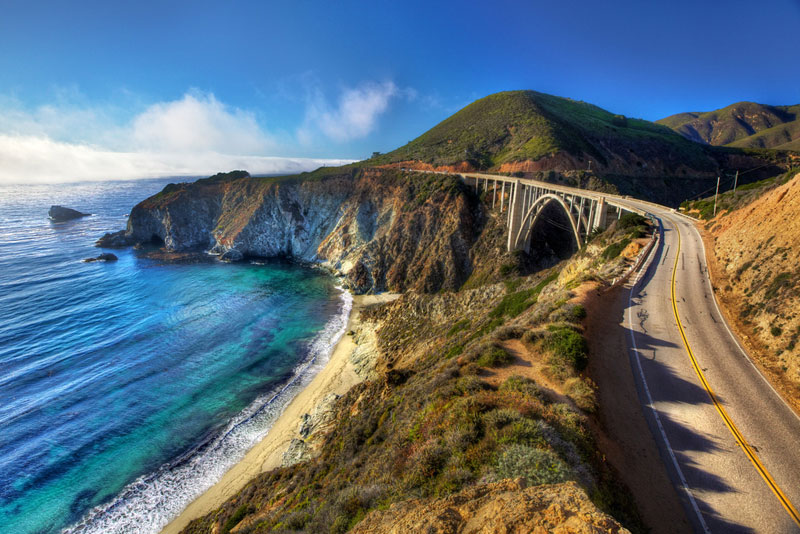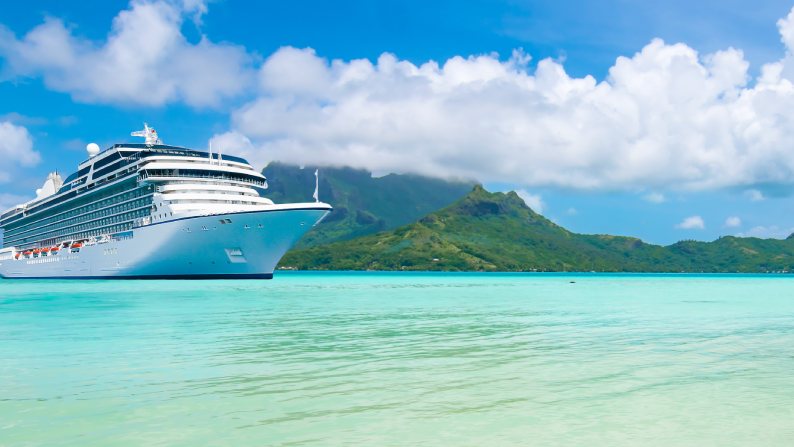Royal Caribbean International Destinations
ROYAL CARIBBEAN MORE THAN 300 DESTINATIONS

Alaska
Asia


Australia & New Zealand
New Zealand
Across New Zealand, you can find everything from untamed wilderness to rich culture. Find inspiration in towering mountains and mist-cloaked fjords. Serenity in golden beaches curled around quiet bays. New friends in small towns with big doses of laid-back charm.
Bahamas


Bermuda
Canada
Canada, second largest country in the world in area (after Russia), occupying roughly the northern two-fifths of the continent of North America.
Charming cities, mesmerizing mountains and lucid lakes await in Canada. Canada is the land of glacial-fed lakes, incredible coastlines, French-speaking cities and friendly locals. Nicknamed the Great White North, the world’s second-largest country is full of colonial and indigenous history. Cruise to Canada to step into 17th-century Notre Dame Cathedral in Montreal, and wander the European-styled Old Town in Quebec City. Venture out of the urban centers and explore the country’s wild terrain: Traverse 80 miles of trails in St. John’s, Newfoundland. Mountain-bike up Bear Mountain in Victoria, British Columbia. Or go zip-lining or bungee jumping in the Coast Mountains outside Vancouver.


New England
Caribbean
The Caribbean is of the American regions bordered by the Caribbean Sea and the North Atlantic Ocean. It is well known for its economic diversities and growth opportunities. It boasts of cultural vibrancy and stunning scenery. As one of the world’s top tourist destinations, the Caribbean is popular for its sustainable use of ocean resources, tagged “blue economy,” which offers great economic growth potential, as well as the development of the region’s agricultural services, creative sectors, and logistics.
The Caribbean region can be found on the south-east of the Gulf of Mexico and the North American mainland, east of Central America, and north and south of America. Occupying major part of Caribbean Plate, the region accommodates over 700 islands, islets, reefs, and cays. These islands form the island arcs that describe the eastern and northern edges of the Caribbean Sea. The Caribbean Sea is a body of water adjoining the Atlantic Ocean, located in the southeast of the Gulf of Mexico.


Europe
As you Cruise to Europe, peer over the side of your ship as it approaches the weathered spires of old-town Copenhagen, the sun-bleached houses of Santorin, the colourful cliffs of the Mediterranean or the Celtic cliffs of the British Isles.
Dive into Croatia’s waterfalls and France’s famous rivers and let the eclecticism of Europe delight you again and again. Culinary excellence also awaits, from familiar favourites like Italian pasta and Spanish tapas, to lesser-known cuisines from Amsterdam to Zagreb. Discover the magic with a Europe cruise.
Hawaii


Mexico
Dive into bright-blue waters, Mayan ruins and spicy specialities in Cozumel and Cancun.
Cruise to Cozumel and Cancun, two of the most-visited destinations on Mexico’s Yucatan peninsula, where there’s a lot more to them than beautiful beaches and world-class nightlife. Add an ancient component to your Yucatan adventure with excursions to the Mayan sites at Chichen Itza and Tulum. Or work off your margaritas with a spelunking expedition inside a cenote cave. Experience cuisine, through stateside dishes like chile relleno and ceviche, but you’ll also taste more regional-specific ingredients like local sour oranges and achiote paste, a bright-red blend of annato seeds, cumin and other spices. Discover the magic with a Cozumel and Cancun cruise.
Pacific Northwest
The Pacific Northwest is a geographic region in western North America bounded by its coastal waters of the Pacific Ocean to the west and, loosely, by the Rocky Mountains to the east. Though no official boundary exists, the most common conception includes the U.S. states of Oregon, Washington, Idaho, and the Canadian province of British Columbia.
Some broader conceptions reach north into Alaska and Yukon and south into northern California. Other conceptions may be limited to the coastal areas west of the Cascade and Coast mountains. The variety of definitions can be attributed to partially overlapping commonalities of the region’s history, culture, geography, society, and other factors.


Panama Canal
From Cartagena to Cabo San Lucas, cruise the Panama Canal.
The Panama Canal is one of the most astonishing human-made wonders, a sliver of ingenuity that allows ships to move from one ocean to another. Cruise from the Pacific to the Atlantic, or vice versa, and take in the scenery as you move through this engineering marvel built in 1914. Along with the tropical views and modern design of the canal, there’s also great opportunity for adventures on land and by the shore, where you can get in touch with the indigenous culture at the Museum of Oaxacan Art in Huatulco, Mexico, or go kayaking in Nicoya Bay at Puntarenas, Costa Rica.
Repositioning
Reposition your view of paradise with a transatlantic or transpacific cruise.
Have you ever thought of traversing an entire ocean from coast to coast? You can go further than you ever thought possible on a transatlantic cruise, crossing the waves between the U.S. and Europe. Departing from Florida, Barcelona, Southampton and Copenhagen, these cruises include both tropical and cultural island stops, in ports such as the Bahamas, Puerto Rico, Greenland and Iceland. Meanwhile, transpacific cruises go from Sydney to the U.S., with plenty of white-sand-beach-filled South Pacific ports in between. Take in sweeping views of the Pacific while stopping in exotic ports to see the secluded beaches of Vanuatu or the volcanic vistas of Hawaii.


South Pacific
Find an island oasis that’s wild, beautiful and brimming with life in the South Pacific.
The South Pacific islands are the definition of paradise, and the abundance of wildlife is sure to capture your lust for adventure. Beaches of warm, powdery white sand and aqua waters are surrounded by tropical rainforests and soaring mountains. The world’s second-largest double barrier reef surrounds the islands of New Caledonia, where a lagoon teems with a kaleidoscope of fish and sea-life. Majestic humpback whales glide between the islands of Tonga, the only South Pacific area to escape colonization. The Loyalty Islands have a wild beauty that will spark your imagination, while the friendly locals will make you feel right at home. Cruise to the South Pacific to settle into island time and relax into the simple life.
Transatlantic
Reposition your view of paradise with a transatlantic or transpacific cruise.
Have you ever thought of traversing an entire ocean from coast to coast? You can go further than you ever thought possible on a transatlantic cruise, crossing the waves between the U.S. and Europe. Departing from Florida, Barcelona, Southampton and Copenhagen, these cruises include both tropical and cultural island stops, in ports such as the Bahamas, Puerto Rico, Greenland and Iceland. Meanwhile, transpacific cruises go from Sydney to the U.S., with plenty of white-sand-beach-filled South Pacific ports in between. Take in sweeping views of the Pacific while stopping in exotic ports to see the secluded beaches of Vanuatu or the volcanic vistas of Hawaii.


